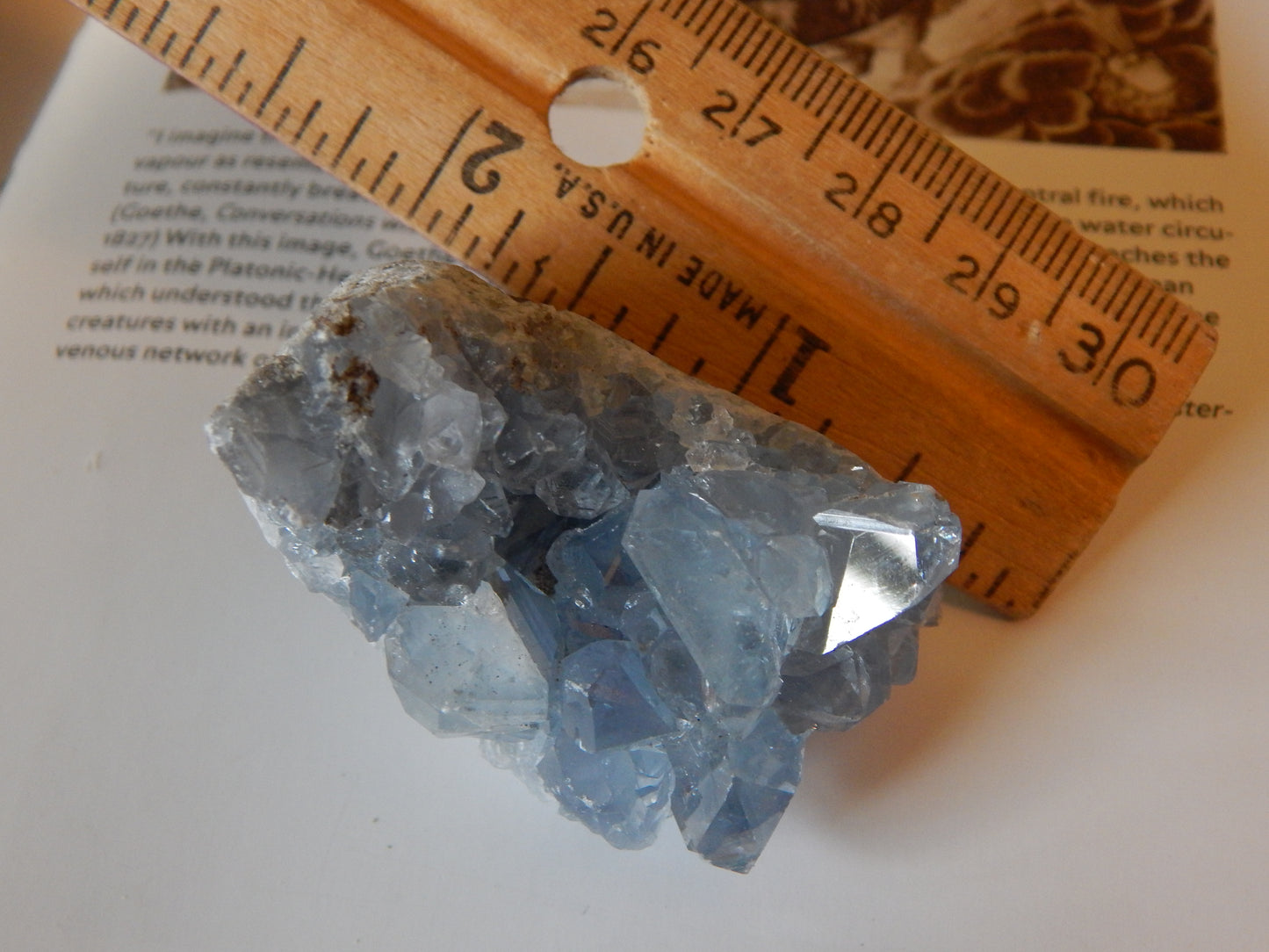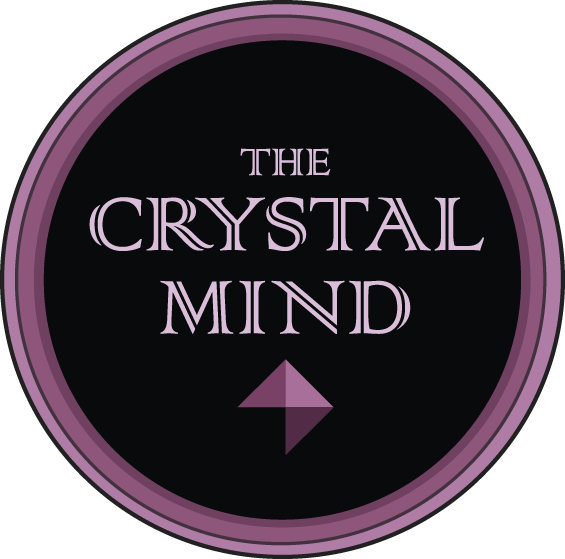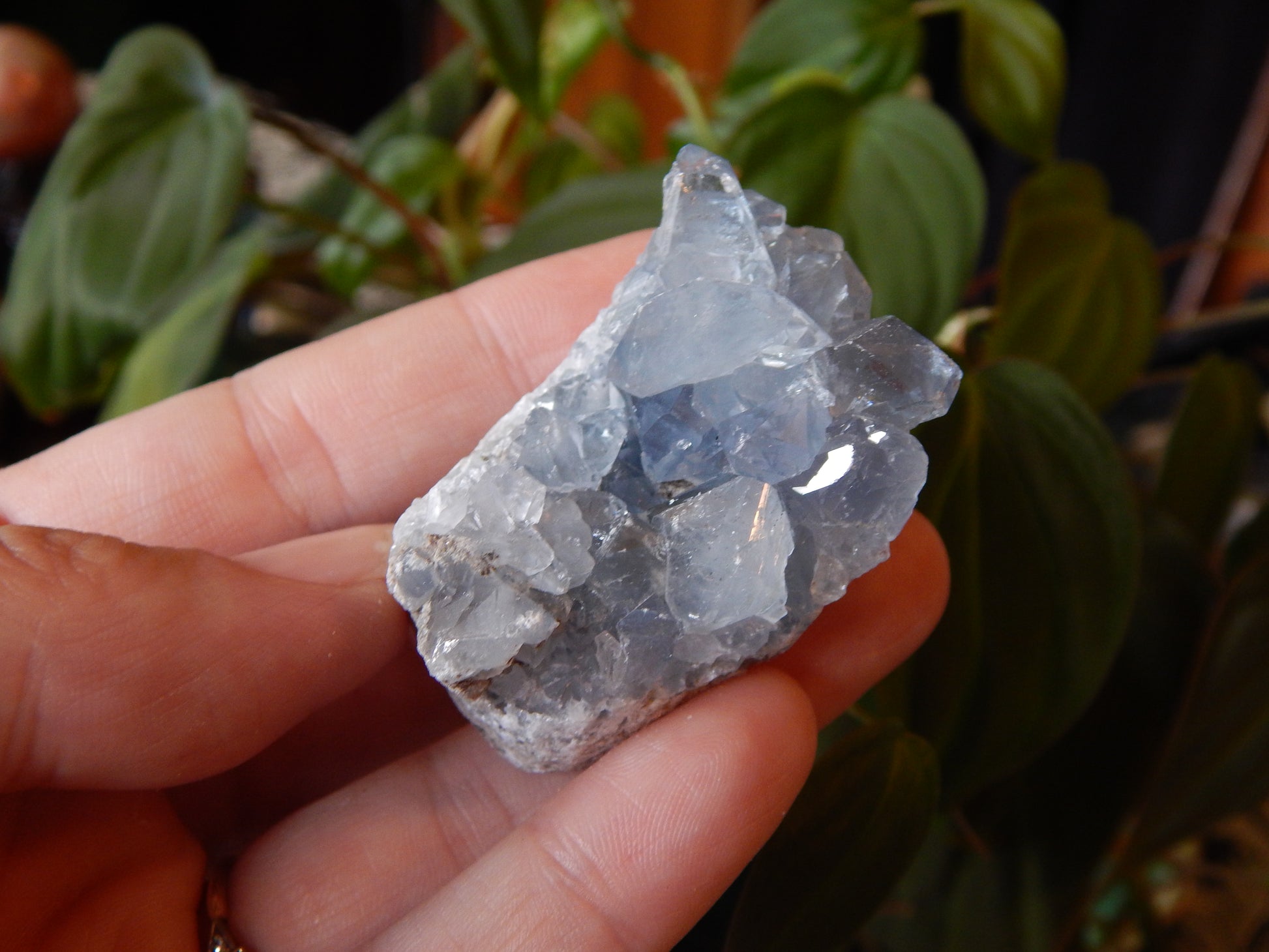The Crystal Mind
Ancient Blue Celestite Cluster Specimen
Ancient Blue Celestite Cluster Specimen
Couldn't load pickup availability
Celestite is believed to aid in personal creative expression, helps to reduce stress, and provides peace of mind. It is also said to help one adjust to higher states of awareness, provide access to and transfer of information from the angelic realms, and assist in clairaudient endeavors.
Celestite, or, Celestine, is a mineral consisting of strontium sulfate. Celestite was named for its pale sky-blue color (from the Latin term caelestis) by Abraham Werner in 1798.
First found in Italy in the 18th century, celestite crystals have since been unearthed in New York, Michigan, Ohio, Colorado, California, Poland, Czechoslovakia, Germany, and Mexico. A nodular form, like a geode with an exterior of sedimentary rock and a cavity full of brilliant crystals, is found in India. The finest specimens of any type are from Madagascar.
The mineral itself started being called ‘Celestite’ in 1798. This was sometime after the formal description of the element strontium in 1792. Celestine is also the main natural source for the element strontium, which is mixed into a metal salt and used to create red-colored fireworks. While one would expect strontium to possibly create blue fireworks, it does not burn as blue. The element copper, known for its orange-red color, burns as blue and is used to make blue fireworks instead.
Celestite is an angelic stone that assists clear and compassionate communication. It brings peace and soothes nervousness while bringing about a more calming influence into one's life. It aids in amplifying one's meditations and can be used to assist in one's astral travels.
Please note that Celestite is very fragile, and should be handled carefully. Do not keep these clusters in direct sunlight, as their color will fade.






















